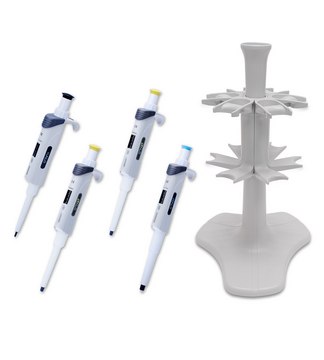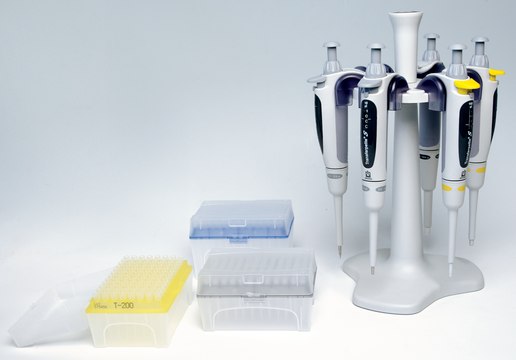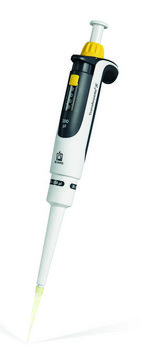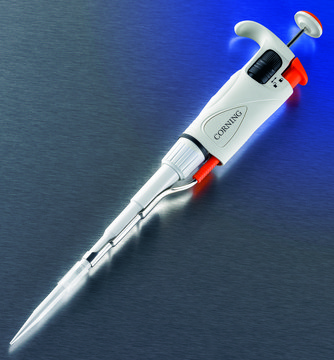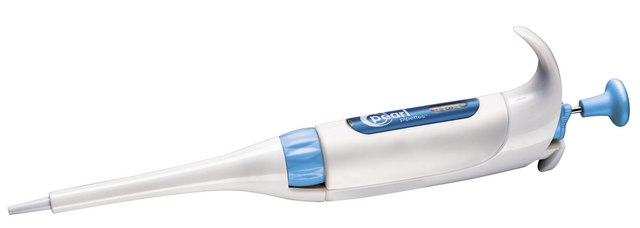930741
Poly(oligoethylene glycol methacrylate)
Synonym(s):
POEGMA, Poly(oligo(ethylene glycol)methacrylate)
Select a Size
About This Item
Recommended Products
1 of 4
This Item | CLS4069 | P1825 | HS120499 |
|---|---|---|---|
| feature adjustable | feature single-channel | feature - | feature Holds 16 x pipettors |
| manufacturer/tradename Heathrow Scientific 120554 | manufacturer/tradename Corning | manufacturer/tradename Drummond Scientific 4-000-101 | manufacturer/tradename Heathrow Scientific HS120499 |
| volume × volume × volume 2-20 μL × 20-200 μL × 100-1000 μL | volume × volume × volume - | volume × volume × volume - | volume × volume × volume - |
General description
Application
- Drug delivery- enhances the stability and delivery of siRNA and eliminates PEG antigenicity
- Biosensor coatings- provides an anti-fouling surface
- Stimuli-responsive hydrogels for tissue engineering, drug delivery, and other biomedical applications
Features and Benefits
- Highly branched architecture and high density of oligo ethylene oxide moieties
- Water soluble
- Nonfouling and thermo-responsive behaviors
- Viable alternative to PEG in biological and biomaterial applications
Storage Class Code
10 - Combustible liquids
WGK
WGK 3
Flash Point(F)
Not applicable
Flash Point(C)
Not applicable
Choose from one of the most recent versions:
Certificates of Analysis (COA)
It looks like we've run into a problem, but you can still download Certificates of Analysis from our Documents section.
If you need assistance, please contact Customer Support
Already Own This Product?
Find documentation for the products that you have recently purchased in the Document Library.
Customers Also Viewed
Our team of scientists has experience in all areas of research including Life Science, Material Science, Chemical Synthesis, Chromatography, Analytical and many others.
Contact Technical Service

